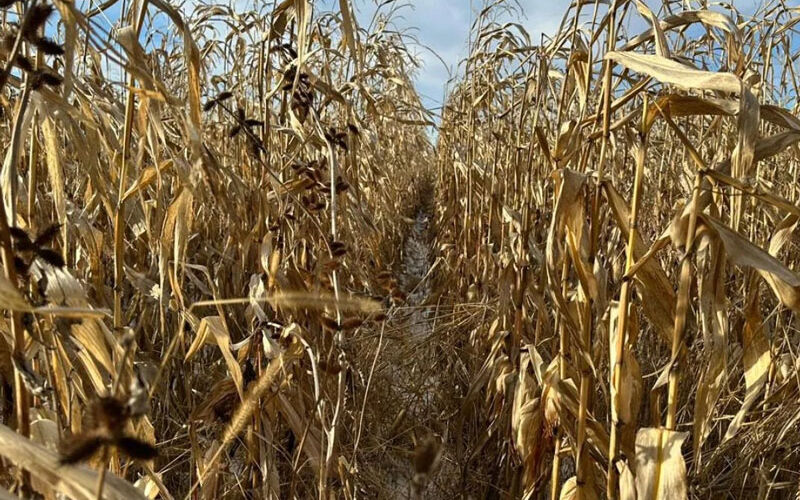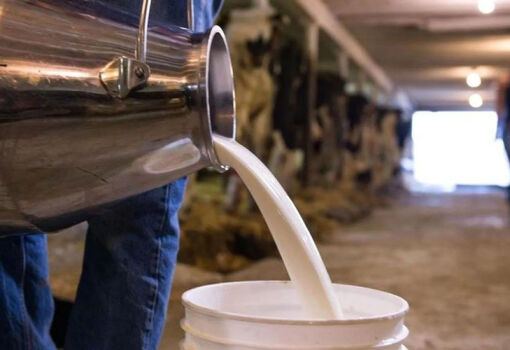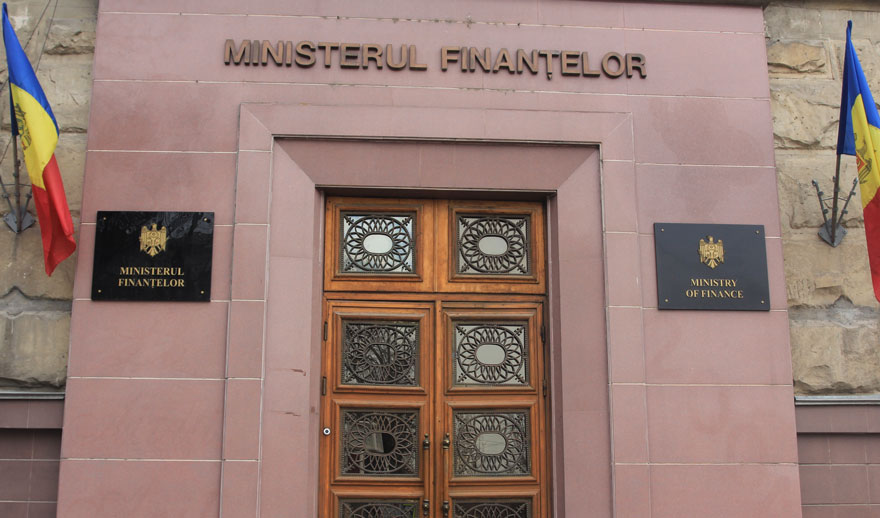
According to the National Bureau of Statistics of RM, in 2024, the share of crop production in the gross agricultural product of our country will amount to 64%, and animal production – 36% (in 2023 – 71% and 29%, respectively). The good news is that last year the production of animal products in general increased by 5.7%. The bad news is that crop production collapsed by 22.9%.
The main reason is kind of obvious – drought, with the next temperature records for the size and duration of hot periods in summer and fall. This is what almost all experts explain the significant shortfall in the second group of crops. In particular, the 2024 harvest of grain corn compared to the figure for 2023 (also, incidentally, drought year) decreased by 47%, sugar beet – by almost 32%, sunflower – by 19%. Moreover, in the case of the last two crops, the reduction in production occurred despite the increase in sown areas.
The largest decrease in yield was shown by rape – minus 59.5%. However, in this case it was not so much the drought, but a significant reduction in the area under crops. The Association of Potato Growers of Moldova considers the same reason as an important reason for the overall decline in potato production (-21.5%). With very few exceptions, potatoes are grown on irrigated land, and the lack of rainfall and heat is not a favorable factor, but it is not critical either.
The best statistical results in Moldova’s crop production sector last year were shown by vegetable production – a more than modest 0.9% growth compared to 2023. Vegetables are also production under irrigation. Moreover, according to suppliers of seeds and planting materials, the areas under root crops of “borscht set”, melons and some other crops have been increasing in the country for several seasons.
The success of the livestock sector should be looked at with the greatest attention. Since it was paid with a high price. The common man had to spend considerably more in conditions of rising prices, especially for butter, cheese and other milk-intensive products. The state stimulates livestock breeders with significant subsidies, including additional payments per kilogram of industrial milk, and donor development partners with soft loans and grants. There are results, but, unfortunately, not very great.
The main increase in livestock production in 2024 was provided by the production (breeding) of animals – plus 6.6% (live weight). Whereas milk production, which is the main focus of support, grew by a modest 2.3% last year.
Judging by the dynamics of the livestock, the conclusions are quite ambiguous. In 2024, the number of cattle in the country decreased by 2.2% in general, milk cows – by 2.7%. At the same time, the number of animals in agricultural enterprises increased by about 4%, while the number of animals in households decreased by about the same amount. That is, it can be assumed that some small domestic farms are being authorized by ANSA and reformatted into small “industrial” farms for the sake of receiving subsidy payments when delivering raw milk to factories. This process is in its third year. But some of the “originally industrial” farms are also gradually renewing and increasing their herd size.
At the same time, it should be clearly noted that the main contribution to the increase in the indicators of the livestock sector of the Republic of Moldova in 2024 was made by poultry and pig breeding – plus 12.3% and 8.2% of the population. However, even in this case, not everything is rosy. Thus, last year’s growth in Moldovan pork production is measured from a low comparable base: in 2023 in RM there were large losses of pigs from plague, many thousands of tons of pork were utilized. That is, in principle, last year there was a process of recovery of the number of pigs on industrial farms. And it is not the fact that the increase reached the pre-crisis (due to ASF) level. Whereas in households, the number of pigs last year, as well as in the previous year, continued to decline, by the end of 2024 – minus 4.3%.
How can this situation be interpreted? On the one hand, experts claim that the concentration of production on industrial livestock farms is a “civilized, environmentally and economically sound decision”. In the sense that medium and large livestock complexes, as a rule, are located outside of settlements, while farms-households are often located inside villages, which is not good from the point of view of sanitary and epizootic situation. Large farms are able to purchase fodder in large batches at a more favorable price, and of homogeneous and controlled quality. Whereas small farmers purchase fodder in small and microscopic batches. And in terms of feed unit price, a bag of corn bought from a neighbor farmer is always more expensive than a grain truck with corn from a trader.
But on the other hand, the decline in the number of animals in households in originally agrarian countries is an indicator of the transformation of traditional lifestyles. In particular, it is an indicator of aging and/or changing priorities of the able-bodied population in villages (and animal husbandry is a very labor-intensive area of agriculture). In addition, it is also an indicator that keeping domestic animals for self-sufficiency and supplying surplus products to local markets has become too expensive for many rural residents. Especially given the decline in production and the rising cost of fodder over the past few years.













